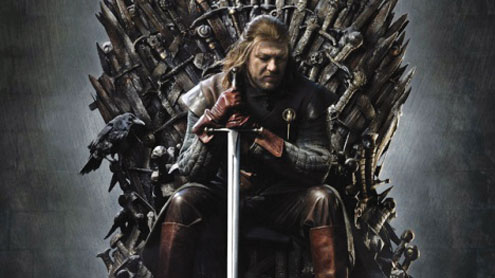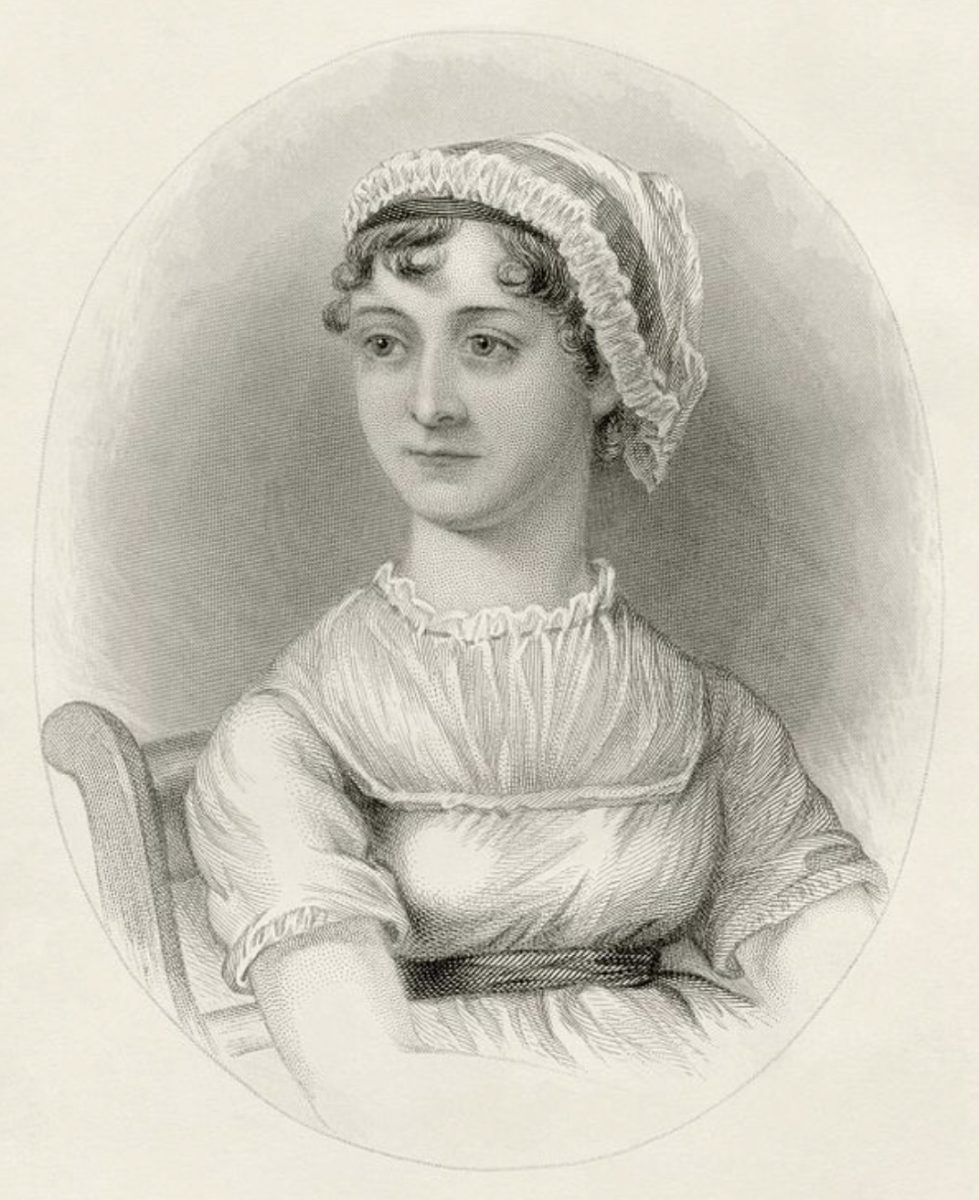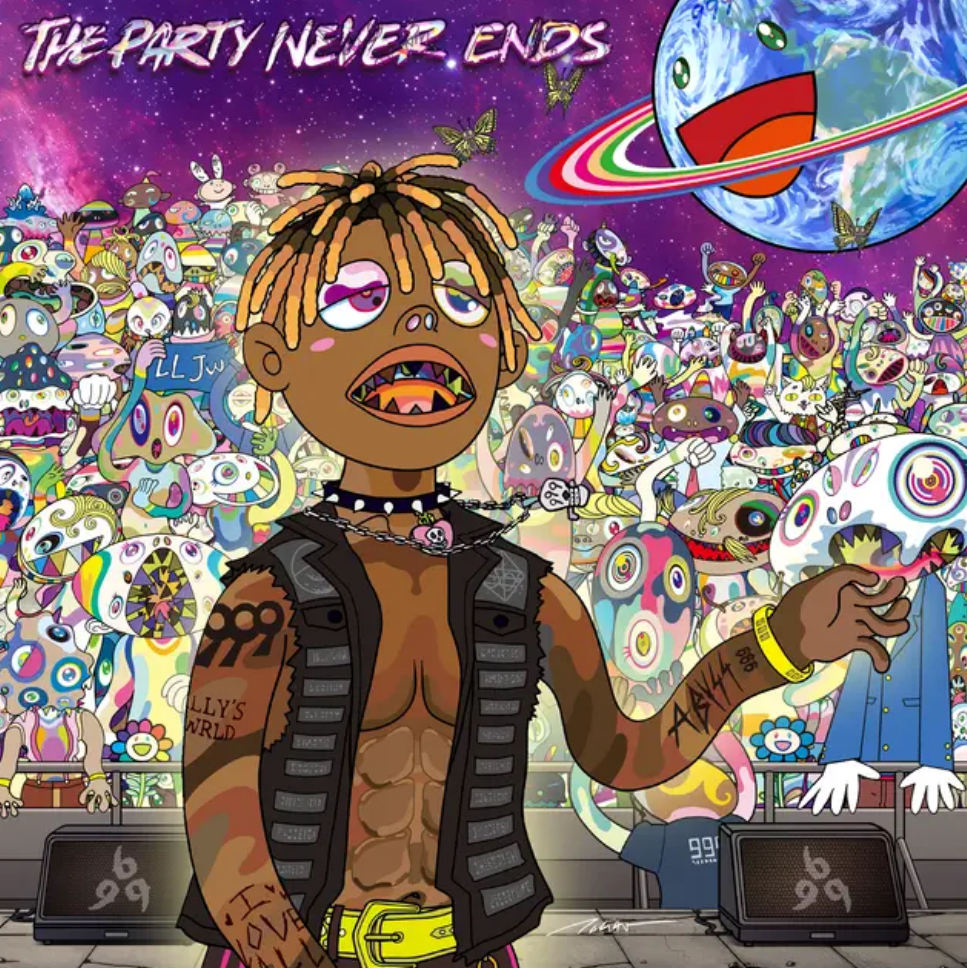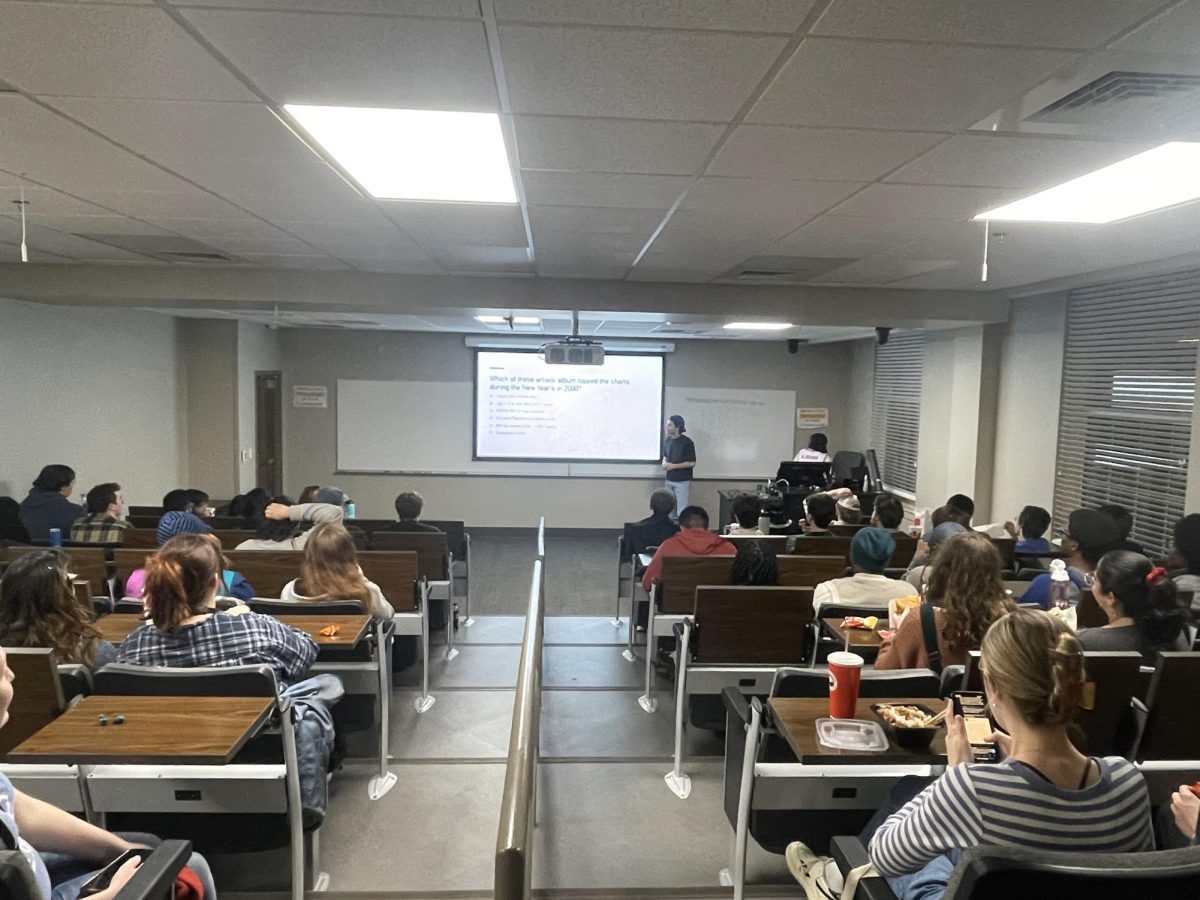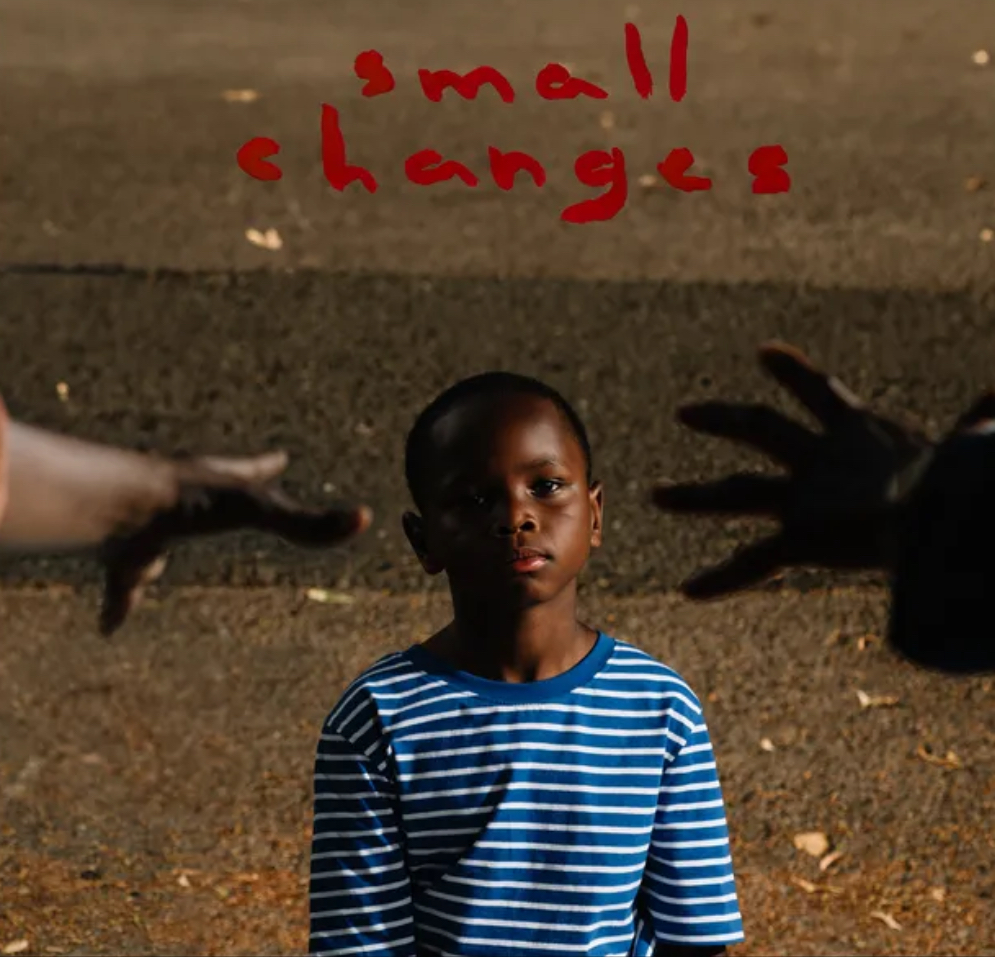This month, TIME magazine christened novelist George R. R. Martin, author of the epic fantasy series “A Song of Ice and Fire,” the “American Tolkien for a jaded age.” Possibly, it’s the two Rs for middle initials; possibly, it’s the grandiloquent series title; possibly, it’s the fact that both write in the fantasy genre with a cult following dissecting every word and chapter. Personally, I think it’s a facile comparison. Call me a blasphemer, but George R. R. Martin’s Seven Kingdoms wipe the floor with Middle Earth, and here’s why.
The Tolkien universe has long been the standard against which readers and critics compare any fantasy work. The more mediocre sword-and-sorcery writers think that vomiting dwarves, elves, dark lords and half-baked mythologies onto a computer monitor makes a bestseller – Eru knows there are enough of those on the market. Plots are predictable: an evil menace, a chosen one destined to save the world, a malevolent piece of magical jewelry and a final battle between good and evil (I think I unintentionally described Harry Potter here). It’s boring, plain and simple. The sheer quantity of this kind of hack fantasy drove me into the arms of science fiction long ago, but George R. R. Martin has gradually pulled me back.
“A Song of Ice and Fire,” which begins with “A Game of Thrones,” has no hobbits or orphan boys on a quest to save the world. We have one dwarf, but he doesn’t go around swigging ale and swinging axes – he’s just a man with achondroplasia, and if he drinks a little much, it’s probably because his father tries to get him killed in battle. His sister, the queen, wants him dead too (along with a long list of other powerful people), and his only weapon is the ability to create really smart, funny dialogue. Tyrion might be the most likeable character in the book (he’s my favorite, at least) – and he also happens to be a member of the superficially villainous Lannister family.
Unlike Tolkien, Martin gives us no clear-cut good versus evil. Instead, we get a five-sided civil war (six or seven, counting all the madness across the Narrow Sea) in a world peopled by people best described as anti-heroes, or maybe just human beings. Instead of epic quests, Martin delivers realpolitik and plotlines as complex as his characters. Oh, and by the way, in this fantasy universe, women actually do stuff. And I don’t mean the token Eowyn, or elf princess Arwen who (movies to the contrary) actually spent her time sewing Aragorn a battle standard. For real. For three books.
Maybe I’m being unnecessarily harsh on J. R. R. After all, even the new HBO series “Game of Thrones” cast Sean Bean, alias Boromir, as this season’s lead (and I say this season because, spoiler alert, Sean Bean’s character kind of has an unpleasant encounter with a sword and his neck). Which brings me to another point: the bloody-minded George R. R. Martin will kill, maim, torture or torment any of his characters. No one is safe. Plot twists might leave you crying or leaving profane notes in the virtual margins of your Kindle, but they keep you guessing, and originality is the holy grail of fantasy novels.
There’s only one downside as I see it: fans probably have another five years to wait before book six comes out. Of course, with five books at 1,200 pages each, new readers might just take five years to catch up. I highly encourage it.
You might also like… “The Wheel of Time” by Robert Jordan; “The Worm Ouroboros” by E. R. Edison; “The Lies of Locke Lamora” by Scott Lynch; “Jonathan Strange and Mr. Norrell” by Susanna Clarke.



